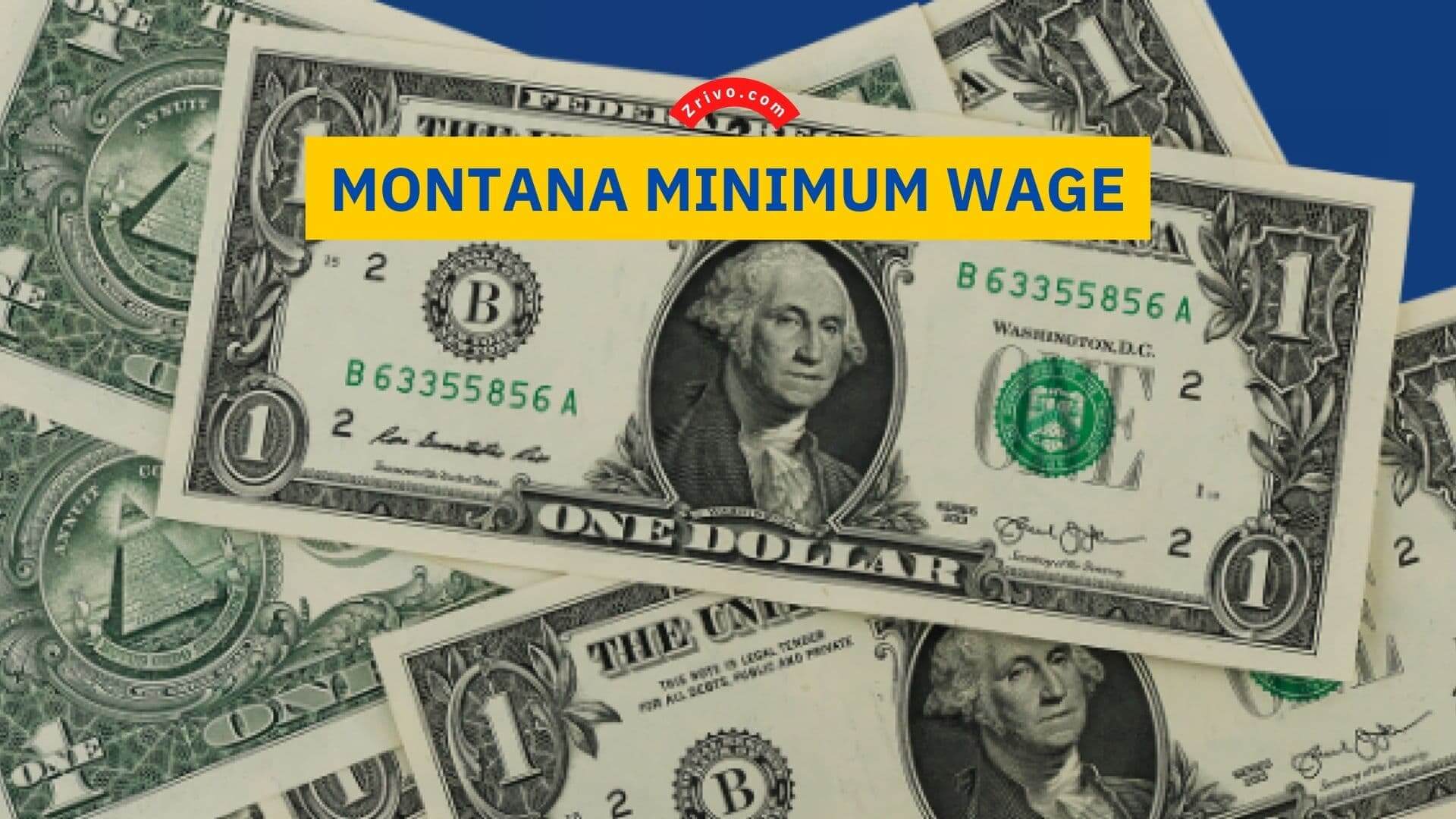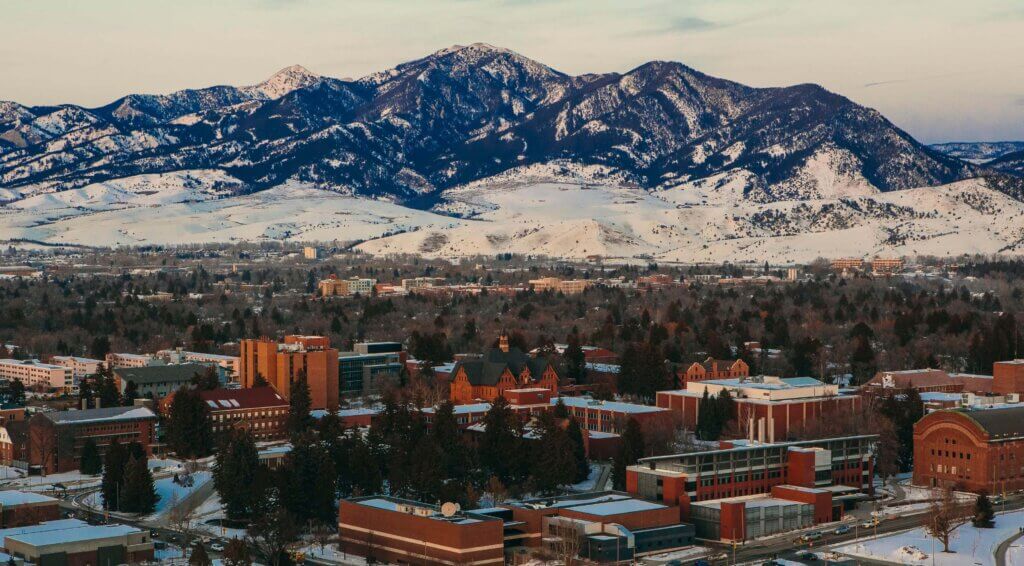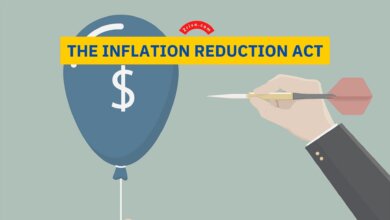Montana Minimum Wage
What is the minimum wage in Montana? Is it going to be increased in the near future? Or is it going to remain the same? This article covers all these answers for you.

The Montana Minimum Wage is calculated through the Consumer Price Index. This is an annual cost of living adjustment that affects all Montana employees. For years, the minimum wage in Montana has been below the federal minimum wage. However, the minimum wage in Montana has been gradually rising over the past few years. Montana minimum wage has been increasing steadily over the past several years. The state’s current rate is $9.95 per hour, effective January 1, 2023.
The newest increase is a result of a 5.25% increase in the Consumer Price Index or CPI. This index measures the cost-of-living adjustments of all urban consumers in the United States. It is calculated between August of the current year and August of the preceding year.
Montana minimum wage isn’t the only way to earn a living. Many states also allow employers to pay tipped employees a separate minimum wage. Some of these workers include servers at restaurants, bartenders, hotel employees, and other similar services.
There are many states that have a higher minimum wage than the federal minimum. For example, California, Massachusetts, Washington, and the District of Columbia all have higher minimum wages than the Federal Minimum Wage of $7.25.
The Montana legislature has been reviewing bills as part of the ongoing debate over how to adjust the minimum wage. However, the Department of Labor and Industry is mandated by law to calculate the Consumer Price Index and make an annual minimum wage adjustment.

How Do Minimum Wage and CPI work in Montana?
If you are an employer in Montana, you will want to keep track of all the minimum wage rules and regulations. You should also focus on employee retention. This will minimize turnover costs and maximize the talents you hire.
The Consumer Price Index calculates Montana minimum wage. Every year, the rate is adjusted for inflation. Usually, the change takes effect on January 1 of the following year.
The higher the CPI, the higher the minimum wage. However, when the CPI doesn’t increase, the Department of Labor and Industry does not make a cost of living adjustment. Instead,
A percentage of the CPI change will increase Montana minimum wage.
When it comes to costs of living, Montana is relatively expensive compared to other states. Food, healthcare, utilities, and transportation are all on par with the national average.
Despite the state’s above-average cost of living, half of the state’s workers make less than the median. Most workers are paid more than the minimum wage, though.
The Massachusetts Institute of Technology’s Living Wage Calculator uses several factors to estimate the living wage in different locations. For instance, the calculator takes into consideration basic cell phone service, broadband Internet, and personal care items.
When you use the Montana minimum wage calculator, you will see a list of possible future minimum wage increases. These are based on the cost of living change as measured by the Consumer Price Index for Urban Consumers.
In addition to the living wage calculator, you can also check out Montana’s Job Search Utility to find jobs in the state.





